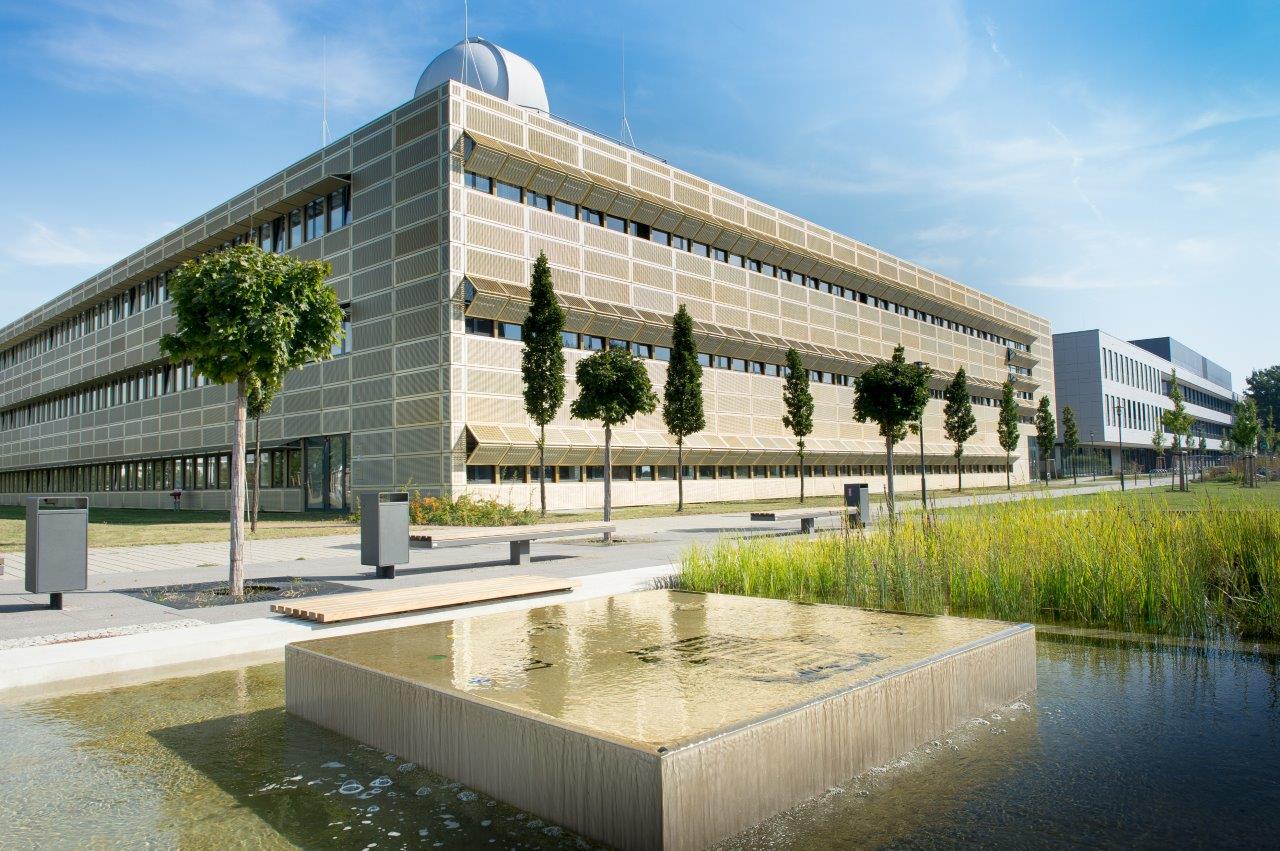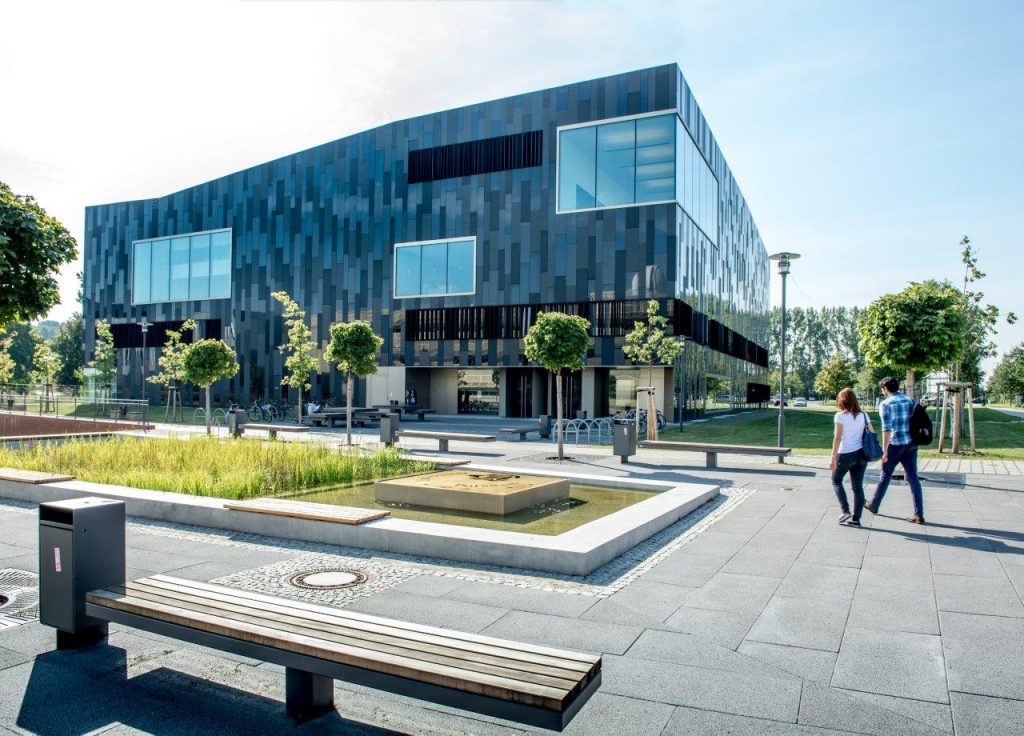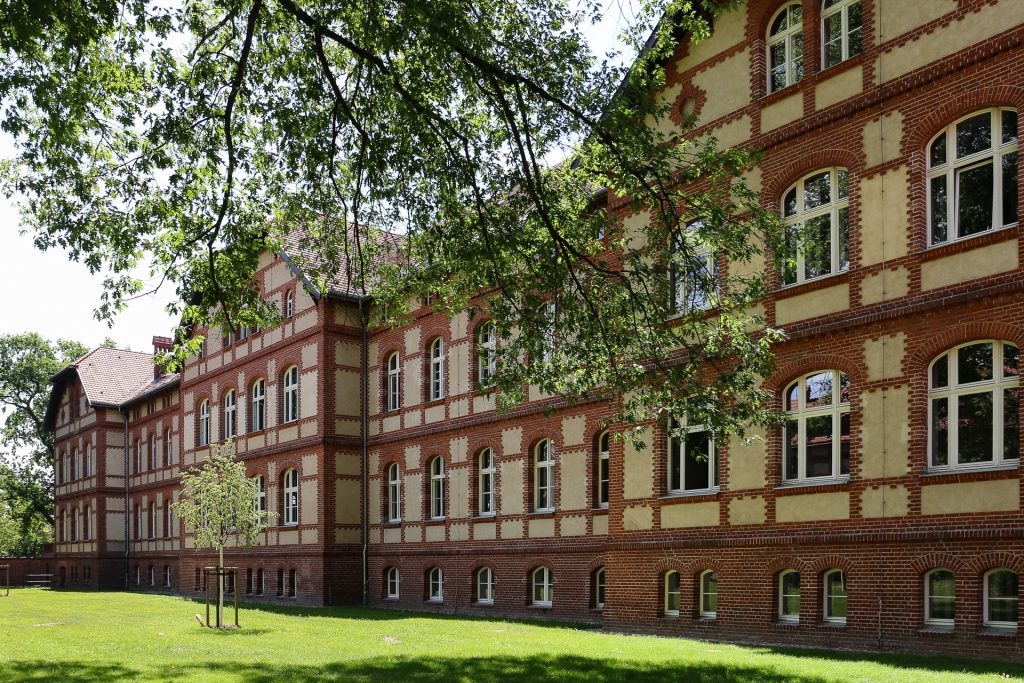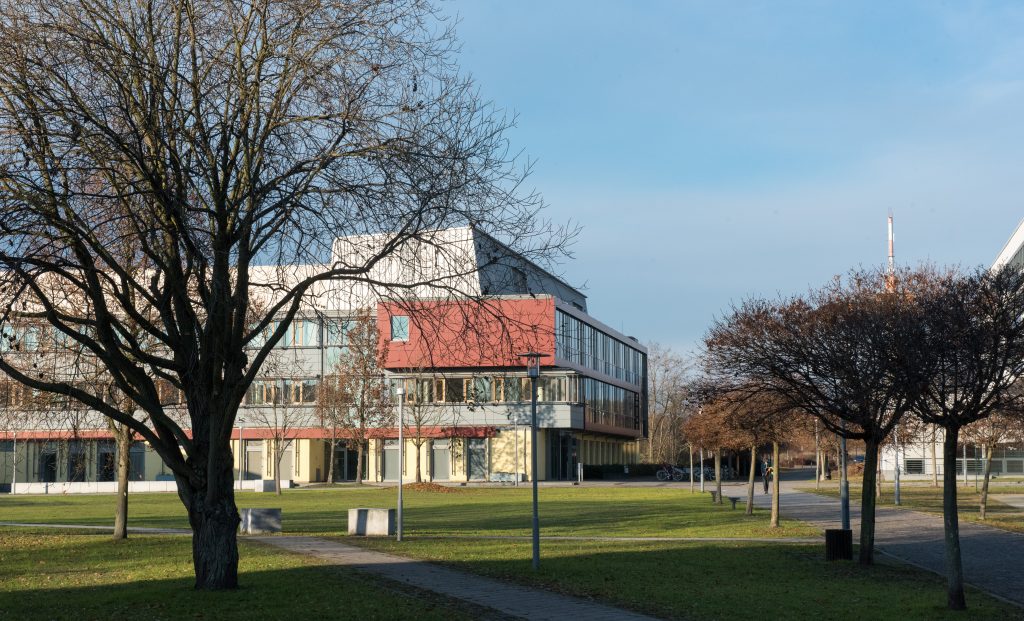
The Brandenburg Faculty for Health Sciences is represented at three supporting universities as a joint faculty:
With 21,000 students and seven faculties, the University of Potsdam, founded in 1991, is the largest university in Brandenburg. At the same time, it is the only teacher-training facility in the State.
Its research focuses are in earth and environmental sciences, evolutionary and systems biology,
cognitive sciences and data sciences.
The university is closely linked to the research institutions in Potsdam and the region. Its thorough internationalisation strategy contributes to Potsdam being an attractive research location for the next generation of scientists from Germany and abroad.


The Brandenburg Medical School Theodor Fontane (MHB) is a state-accredited university in public and non-profit ownership. It stands for innovative teaching concepts and the combination of research, teaching and medical care.
With three university clinics – the Ruppiner Kliniken, Städtisches Klinikum Brandenburg and Immanuel Klinikum Bernau – the Brandenburg Heart Centre, over 20 cooperating clinics and 100 teaching practices, the school combines science-based and practice-oriented knowledge and experience to train the next generation of medics and psychologists.
In Brandenburg. And beyond.
The Brandenburg University of Technology (BTU) Cottbus-Senftenberg links outstanding international research with forward-looking teaching.
Its focuses are: the environment, energy, materials, construction, health, information and communication technology. With its combination of fundamental and application-oriented research, it generates solutions in demand across the globe.
The BTU has around 7000 students and 180 professors, providing an excellent teacher-student ratio. Its modern campuses in Cottbus and Senftenberg are in the direct proximity of the urban centres.
